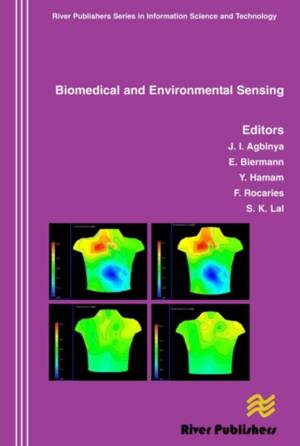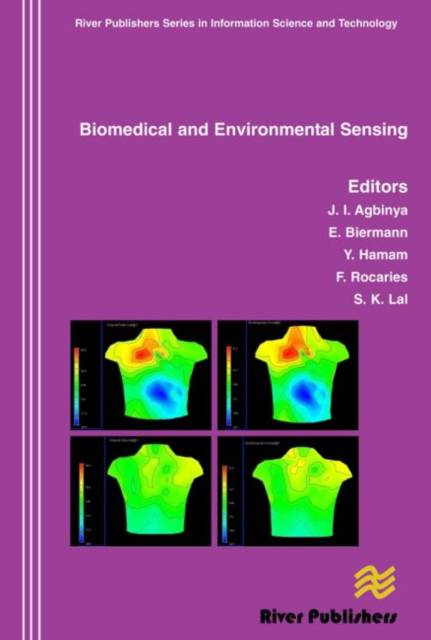
- Afhalen na 1 uur in een winkel met voorraad
- Gratis thuislevering in België vanaf € 30
- Ruim aanbod met 7 miljoen producten
- Afhalen na 1 uur in een winkel met voorraad
- Gratis thuislevering in België vanaf € 30
- Ruim aanbod met 7 miljoen producten
Zoeken
Biomedical and Environmental Sensing
€ 213,95
+ 427 punten
Omschrijving
At a time when the applications of sensors are in high demand and environmental issues are international priorities, this book on biomedical and environmental sensing provides the technical basis for researchers and students to understand the requirements for biomedical computing and also environmental sensing and to develop solutions in their areas of interests. The book deals with key techniques that need to be understood and also examples of applications of the techniques. Biomedical and environmental sensing are helping to extend the life span of human beings and infrastructures as it has become more and more sensible to understand what is happening for example inside a person, an aircraft, a road network or a bridge and to provide quick response.Several chapters of the book have dealt with the state of the art in biomedical decision support systems in therapeutic medicine. A data driven decision support system and a prototype support system for anaesthetics are major enablers for doctors and nurses to provide efficient and timely response not only to diagnose ailments but also to decide on the preferred approach for solving the problems. The analyses in the chapters are coherently detailed and easy to comprehend. There is a chapter on hypothermia therapy and a hardware probe was also developed and described. Classification of chromosomes is a major aid in DNA analysis and recognition. This valuable insight into a DNA analysis method is provided. Information on heart diseases, onset of heart attacks and failure can be detected through reconstructing electrophysiological information about the surface of the heart. A reconstruction method is described in this book and provides strong foundation for research and training in this life determining area. The remaining chapters on sensing of driver conditions including fatigue peeks into tools and methodologies for understanding both the onset of fatigue and its forms for prevention of accidents in vehicles. The rest of the book gives techniques for planning biomedical and environmental sensor networks and their security. The book will no doubt greatly serve the needs of health professionals, researchers in the health and environmental industry and policy makers.
Specificaties
Betrokkenen
- Uitgeverij:
Inhoud
- Aantal bladzijden:
- 344
- Taal:
- Engels
- Reeks:
Eigenschappen
- Productcode (EAN):
- 9788792329288
- Verschijningsdatum:
- 5/11/2009
- Uitvoering:
- Hardcover
- Formaat:
- Genaaid
- Afmetingen:
- 156 mm x 234 mm
- Gewicht:
- 657 g

Alleen bij Standaard Boekhandel
+ 427 punten op je klantenkaart van Standaard Boekhandel
Beoordelingen
We publiceren alleen reviews die voldoen aan de voorwaarden voor reviews. Bekijk onze voorwaarden voor reviews.







